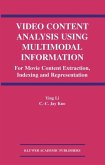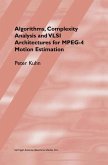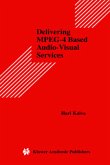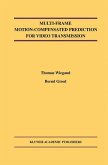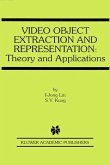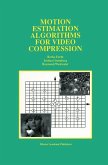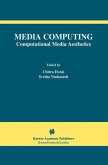With the fast growth ofmultimedia information, content-based video anal ysis, indexing and representation have attracted increasing attention in re cent years. Many applications have emerged in these areas such as video on-demand, distributed multimedia systems, digital video libraries, distance learning/education, entertainment, surveillance and geographical information systems. The need for content-based video indexing and retrieval was also rec ognized by ISOIMPEG, and a new international standard called "Multimedia Content Description Interface" (or in short, MPEG-7)was initialized in 1998 and finalized in September 2001. In this context, a systematic and thorough review ofexisting approaches as well as the state-of-the-art techniques in video content analysis, indexing and representation areas are investigated and studied in this book. In addition, we will specifically elaborate on a system which analyzes, indexes and abstracts movie contents based on the integration ofmultiple media modalities. Content ofeach part ofthis book is briefly previewed below. In the first part, we segment a video sequence into a set ofcascaded shots, where a shot consistsofone or more continuouslyrecorded image frames. Both raw and compressedvideo data will beinvestigated. Moreover, consideringthat there are always non-story units in real TV programs such as commercials, a novel commercial break detection/extraction scheme is developed which ex ploits both audio and visual cues to achieve robust results. Specifically, we first employ visual cues such as the video data statistics, the camera cut fre quency, and the existenceofdelimiting black frames between commercials and programs, to obtain coarse-level detection results.
Bitte wählen Sie Ihr Anliegen aus.
Rechnungen
Retourenschein anfordern
Bestellstatus
Storno


